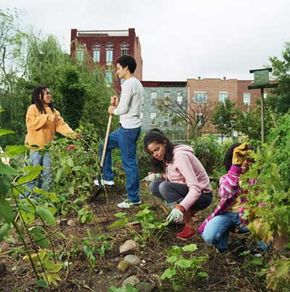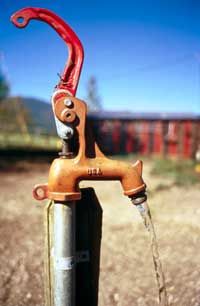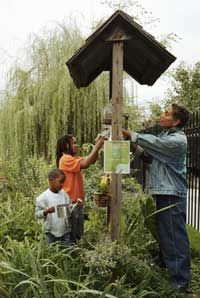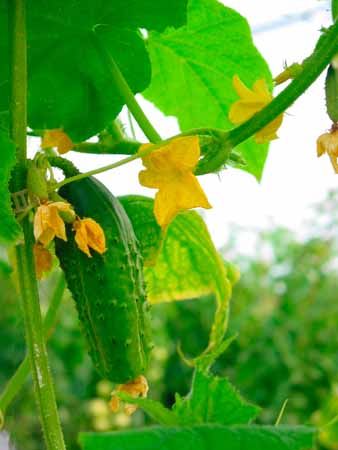Many people enjoy working with the soil and coaxing seeds into healthy, productive plants. Gardening offers physical and mental health benefits as well. But what if you don't have any land to start a plot of your own? If you live in an apartment or a condo, how can you have a garden?
In recent years, people across the United States and around the world have banded together to create community gardens. These grassroots enterprises give groups of people the chance to garden. Community gardens have lots of benefits: They've been shown to reduce crime, foster relationships, provide low-cost food and benefit psychological health [source: Surls]. They also set aside much-needed green space and encourage physical activity.
Advertisement
Along with all their benefits, community gardens take a lot of work. They require more than just gathering up some buddies, grabbing some shovels and heading to a vacant field down the street. Along with an infrastructure, community gardens need an organizational committee, funding, rules, sponsorship and, above all else, committed people.
In this article, you'll learn what it takes to start a community garden -- from how to secure a site and raise money to how to organize the planting process. We'll also look at how to maintain the garden once it gets going. To get started, it helps to ask two questions: Who is interested, and who is in charge?
Advertisement




